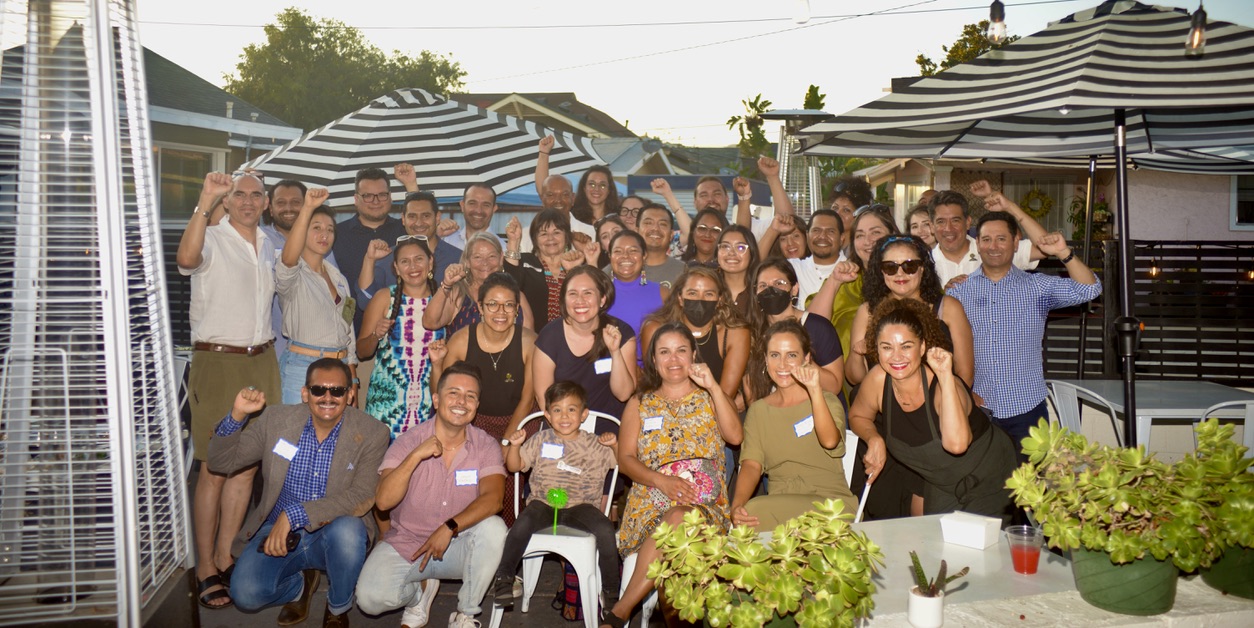Profiting off Poverty: How the Industry of Single-Use Plastics Profits off Those Most Affected by the Climate Crisis.
Climate change has become a household term, creeping its way into the spotlight of our daily lives, whether it be a nature documentary or a YouTube ad for eco-friendly products. Likewise, it is becoming increasingly apparent in which ways the climate crisis disproportionately affects poor and minority communities. In some ways, injustices done to those most at-risk have been exposed for the public eye.
Growing up in a poor and brown community, I was completely unaware of the effects of single-use plastics and regularly used them. The culture of my community supported the use of these products due to factors such as convenience, accessibility, and cost. Because impoverished communities tend to have significantly lower education rates than those of middle and higher class communities, people in poorer communities can be unaware of the larger effects associated with single-use plastics.
The International Institute for Sustainable Development gives us a deeper understanding of why we must address the intersection of social issues and environmental issues together, stating that both issues are deeply intertwined. Both poverty and unsustainable behaviors can contribute to environmental degradation; similarly, environmental degradation and the climate crisis can be driving forces for poverty.
In an effort to address this intersectional issue, this article investigates single-use plastic products, and how our system of capitalism encourages unsustainable business practices that make a profit by targeting impoverished communities. Corporations which produce single-use plastic products at low costs blatantly manipulate people into relying on their products, more specifically, poor and brown communities' to rely on single-use plastics.
Plastic has gained its popularity for being a cheap material to produce that is convenient to manufacture. This combination of factors caused its popularity to skyrocket in the 1960’s. Since then it hasn’t stopped, ranging from cutlery to clothing. Plastic is all around us. It’s in our oceans, in our food, and it's even in our blood.
Right now we are creating more single-use plastics than ever before. The numbers of plastic products being produced are at a recorded all time high, measuring higher than ever before. Despite efforts, recycling fails to even make a small dent in the damage being done via production. When weighing these facts, our attention now turns to the producer instead of the consumer. Who do we have to blame for all of this? Andrew Forrest, Minderoo founder says that big fossil fuel corporations are to blame:
“...the plastic pollution problem is getting much bigger and is being driven by the polymer producers, which are of course, driven by the oil and gas sector..."
This is not just an American problem but a global problem, as other countries are included in the yearly studies conducted by the No Plastic Waste Project.
Companies such as ExxonMobil, Dow, Saudi Aramco, and PetroChina are included in the top names for single-use plastic production in Minderoo’s No Waste Project Report. What is even more concerning is that harms associated with these companies are twofold- considering environmental harm done during production and then quickly again at disposal.
For both producers and consumers in the grand scheme of sustainability it comes down to three things: convenience, accessibility, and cost.
These factors influence people’s decisions from the individual consumer level all the way up to the societal level and how our local governments decide to spend their funds. For cities with progressive leaders, more sustainable changes are being made to their infrastructures but low-income communities are usually the very last group to see these changes be put into play. These time lags force impoverished communities to continue to rely on unsustainable behaviors to survive instead of being able to switch over to more environmentally friendly behaviors with the rest of their city. This is the best case scenario, of course, considering that the city is even taking the steps to becoming more sustainable in the first place.
When compared to the cost of single-use plastic products, buying sustainable alternatives can’t compete. It is well known that sustainable alternatives are much more expensive than their unsustainable counterparts, making sustainable products inaccessible even for middle class consumers. Since the U.S. economy still does not impose a price on pollution, the choice to go sustainable or not is up to the consumer. For most of us that means choosing the $1 roll of plastic cling wrap over the $20 beeswax wraps for our food. If even middle-class Americans can’t afford to buy sustainable products, what hope is there for the poor?
The plastic issue is one that affects everyone. When combining this multifaceted and enigmatic problem of plastic pollution with the issue of poverty, of course it is going to be difficult to solve. Both systems are inherently run off of power and oppression. When our systems value the dollar over the resources we need to survive, we must make decisions which override the systems in which our society operates.
Consider making small switches to your daily life
Although it may not seem like it at first glance, the biggest impact can be made by restructuring our daily lives, more so, our everyday decisions. So you’ve just learned recycling is not sufficient in tackling the problem of plastic pollution. Become vigilant of where you encounter plastic throughout the day and think of ways to mitigate your usage. Sustainable efforts do not always mean bringing reusable materials along with you, but might sometimes mean reconsidering the sourcing of products you need in life.
Rethink your purchasing power
Because everyone in the United States operates on a system of capitalism, your money goes further than you think and speaks louder than you think too. Trends in consumerism on a larger scale have the potential to influence what is being offered by producers. For example, a recent rise in popularity of more sustainable eating habits like vegetarianism and veganism has prompted more local grocery stores to offer plant-based alternatives for animal products. In fact, given recent purchasing trends, the increase in sales of plant-based alternatives are actually expected to increase fivefold by 2030.
Get creative
Since this is an issue that not any one person can provide the right answers to solve, we must approach it creatively, but don’t overthink it! Sometimes the most sustainable alternatives can be found in practices that have already been established like wrapping food in large leaves instead of plastic- an everyday cultural norm in the west.
Whatever efforts you choose to make, know that they are making a difference, even if they don’t immediately feel like they are. Because we all come from different backgrounds we must assess ourselves and question what we can do within our own abilities.
Do what you can and get better every day. Together this is how we will enact change.




